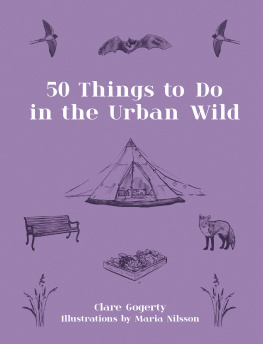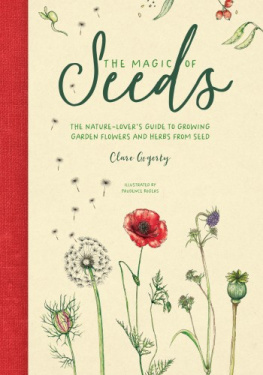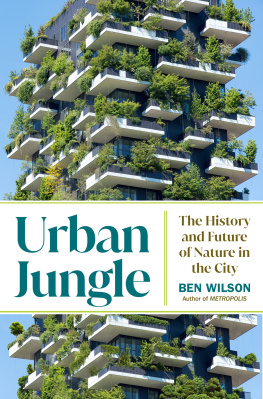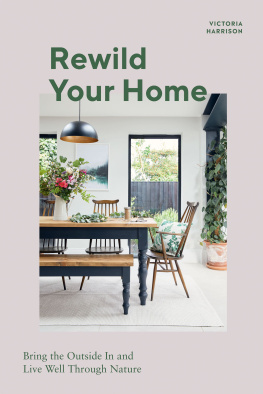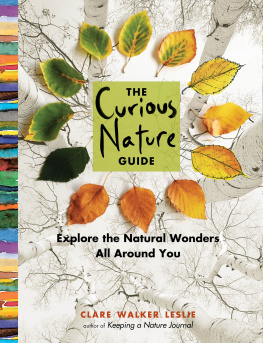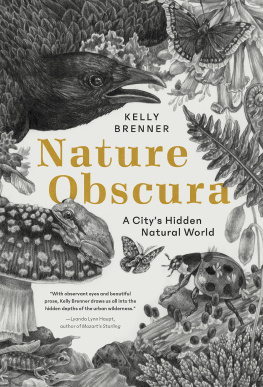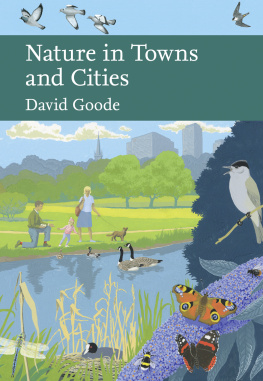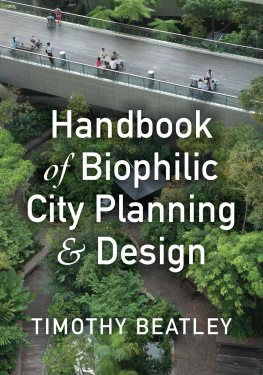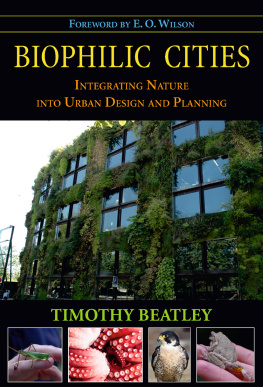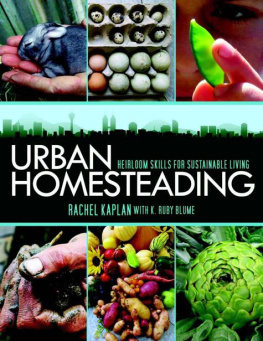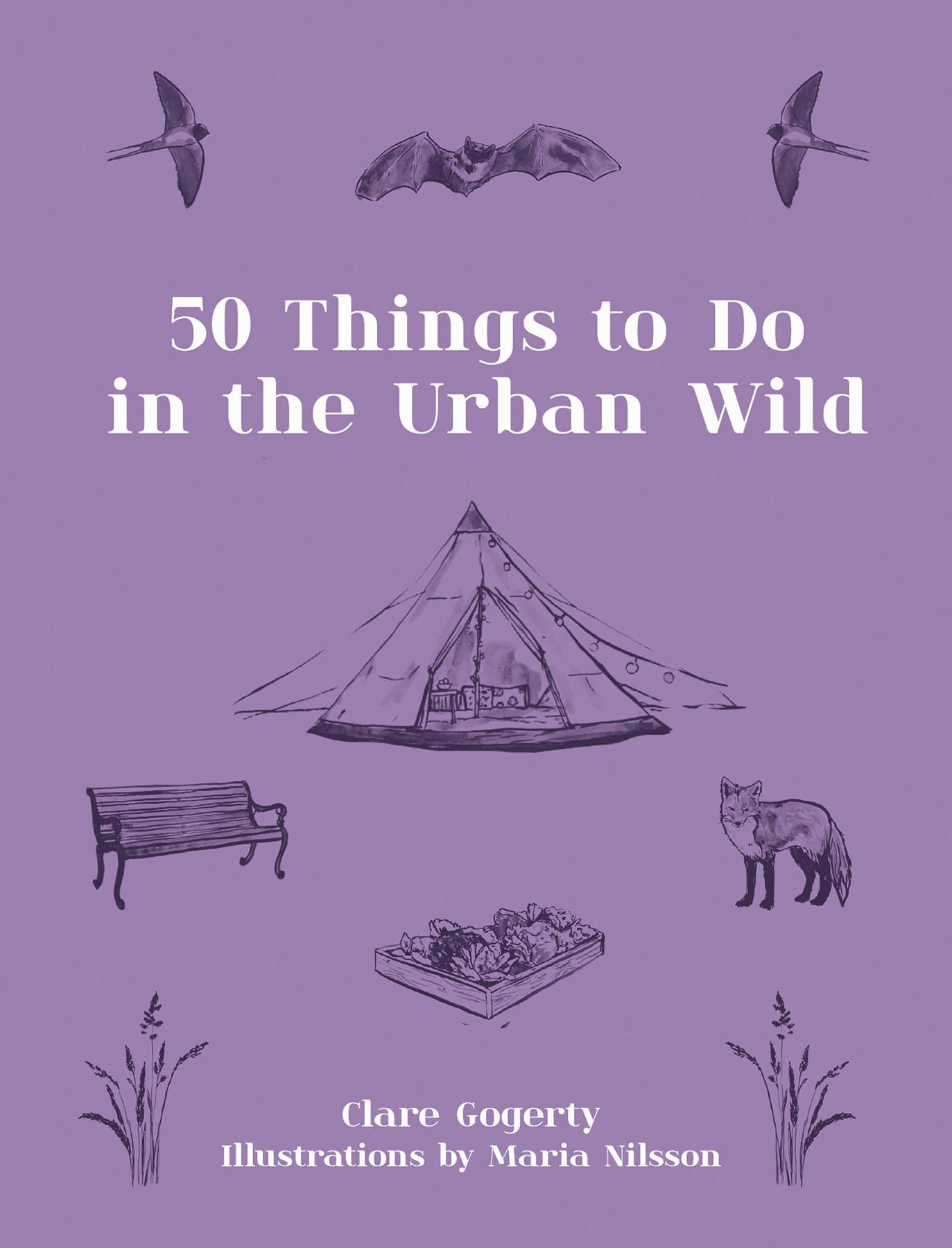Contents
Guide
Pavilion
An imprint of HarperCollinsPublishers Ltd
1 London Bridge Street
London SE1 9GF
First published in Great Britain by Pavilion
An imprint of HarperCollinsPublishers Ltd 2022
Text copyright Clare Gogerty 2022
Illustration copyright Maria Nilsson 2022
Clare Gogerty asserts the moral right to be identified as the author of this work.
A catalogue record for this book is available from the British Library.
Hardback ISBN: 9781911663893
eBook ISBN: 9780008601485
Version date: 09222022
All rights reserved. No part of this publication may be reproduced, stored in a retrieval system, or transmitted, in any form or by any means, electronic, mechanical, photocopying, recording or otherwise, without the prior permission of the publishers.
IMPORTANT SAFETY NOTICE
This book includes activities and projects that inherently include the risk of injury or damage. We cannot guarantee that following the activities or projects in this book is safe for everyone. For this reason, this book is sold without warranties or guarantees of any kind, expressed or implied, and the publisher and the author disclaim any liability for injuries, losses and damages caused in any way by the content of this book. The publisher and author urge the reader to thoroughly review each activity and to understand the use of all tools before beginning any project. Always check that you have permission to use the land where the activities or projects take place. Children should always be supervised when undertaking any activity or project in this book.
This ebook contains the following accessibility features which, if supported by your device, can be accessed via your ereader/accessibility settings:
- Change of font size and line height
- Change of background and font colours
- Change of font
- Change justification
- Text to speech
- Page numbers taken from the following print edition: ISBN 9781911663893
Contents
If youve ever sat at your computer at work and stared out of the window at a distant tree, or watched clouds scudding past a full moon, or put sunflower kernels out every morning for the birds, you will recognize a familiar yearning for the wild. This hunger for nature and the outdoors is harder to satisfy if you live in an urban area. We travel to work on a bus, sit at a desk in an air-conditioned office all day, nip out for a hasty pre-packaged sandwich at lunchtime and buy food in supermarkets on the way home. Some of us live in flats with no outside space on streets with no trees. Many have never grown their own food and cannot recognize birdsong. Seasons come and go unnoticed.
This alienation from the natural world is not how we are meant to live. Fortunately, we dont have to: even in the most built-up environment, nature makes its presence felt. All we have to do is let it in. This book suggests 50 ways to do exactly that.
The Pull of Nature
Increasing numbers of us live in urban areas. At the time of writing, this figure is around 55 per cent of the worlds population and is forecast to rise to 68 per cent by 2050. As cities, towns and suburbs grow more congested and as green areas are eroded by development, it is more important than ever to recognize the value of what nature remains, not just for the sake of animal and plant life but for our own wellbeing and happiness.
The pull of nature was particularly strong during lockdown. Birdsong grew louder as there was less noise to compete with, wild animals reclaimed quiet streets and everyone searched for green spaces in which to take their daily walk. More than ever, we realized that immersing ourselves in the natural world should not be an occasional outing but a constant state of being.
Rethinking the Urban Landscape
The secret to connecting with nature in cities is to value what nature survives even thrives there and not dismiss our urban spaces as barren, concrete jungles. Then we can build on what we find and green up our cities for everyone to enjoy and appreciate. This may take a little mental recalibration on our part: rather than seeing urban plants as weeds, it is time to think of them as food sources for pollinators and feeding stations for caterpillars and invertebrates, and to realize that their root systems are micro-habitats for various creatures that in turn are food for birds and hedgehogs. Instead of seeing wild animals such as foxes, pigeons, crows and gulls as pests to be at best tolerated and at worst culled, we should think of them as opportunists who have adapted to survive in difficult, messy circumstances and appreciate them as such.
On Our Doorstep
Fortunately, as natures role in our well-being and happiness is recognized, conservationists and town planners are doing their best to make built-up areas more nature-friendly. Tree-planting schemes and wildflower-rich road verges are restoring the balance to the inner (and outer) city. Nature reserves, wetlands and parks provide habitats for numerous creatures and birds, and community projects enable residents to grow their own fruit and veg.
There is plenty that we can do as individuals to bring a little bit of wilderness into our lives. Whether its the simple act of picking up a leaf, getting up early to listen to the dawn chorus or going for a swim in a lake, its all out there, often in unexpected places, waiting to be discovered. It only takes a willingness to find it and a few steps from the front door for nature to reveal itself.
City dwellers often associate moths with the ones that lay eggs in and munch through your jumpers (these are Tinea pellionella, the case-bearing clothes moth, or Tineola bisselliela, the webbing clothes moth, both around 1cm or in long and a dusty yellow colour). This does the species a disservice, however, as there are many other types of moths out and about in the urban environment doing valuable pollination work.
Moths are most active at night, especially during warmer weather, when they emerge looking for food. Unfortunately, moth numbers have declined by almost a third in recent years, many as casualties of increasing light pollution, so its more important than ever to monitor and record those that remain. And it is totally worth it. You can attract them simply by leaving a porch light on, but a simple trap is a more reliable way to lure them in. Then you will be able to study and appreciate their exquisite and varied markings and record what you find.
How to trap and record moths
Moths are attracted to light and sugar. Various moth traps are available to buy, along with others to make using a light, a funnel and a container (find them online). This sugar method, however, is the simplest and is pretty effective.

